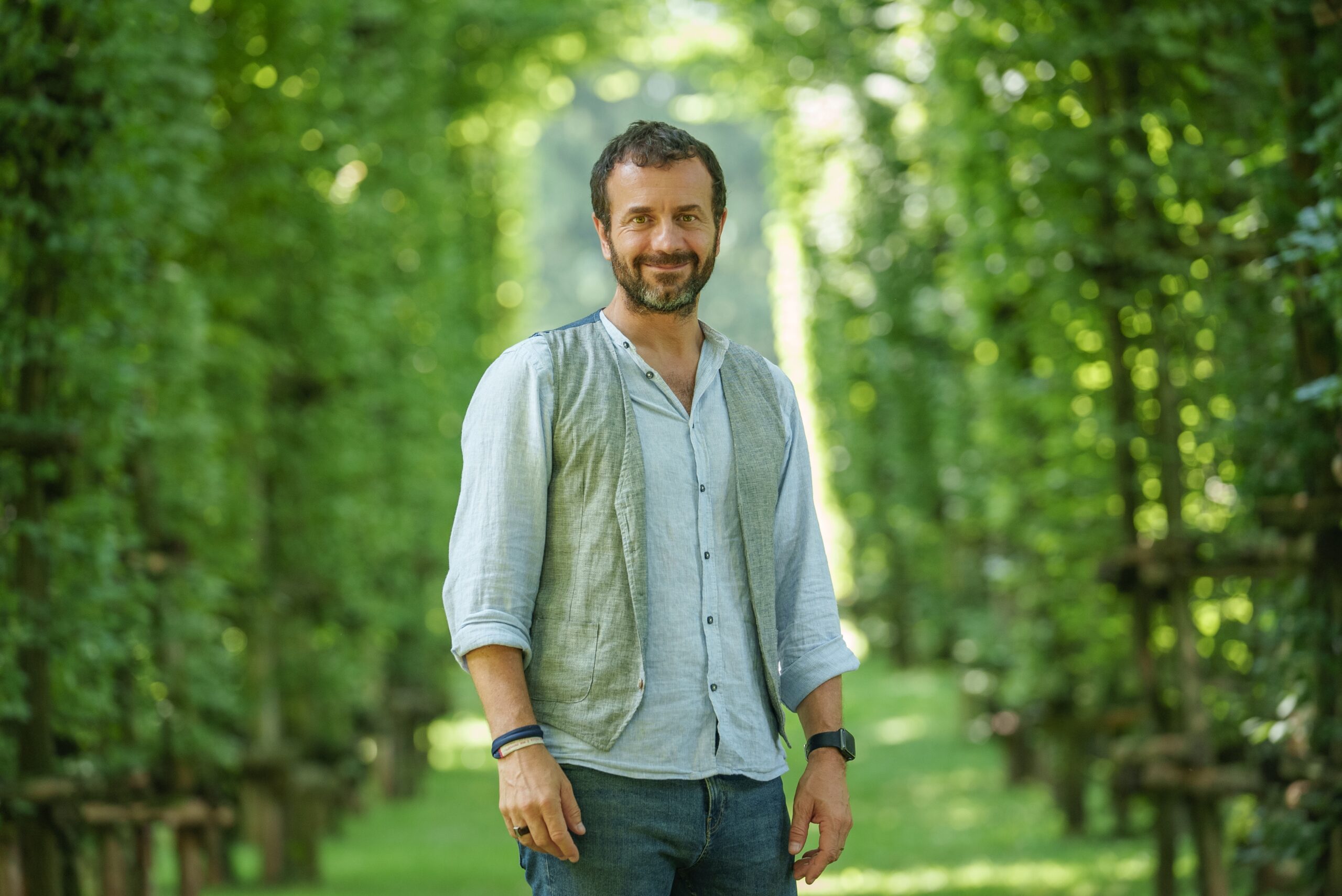
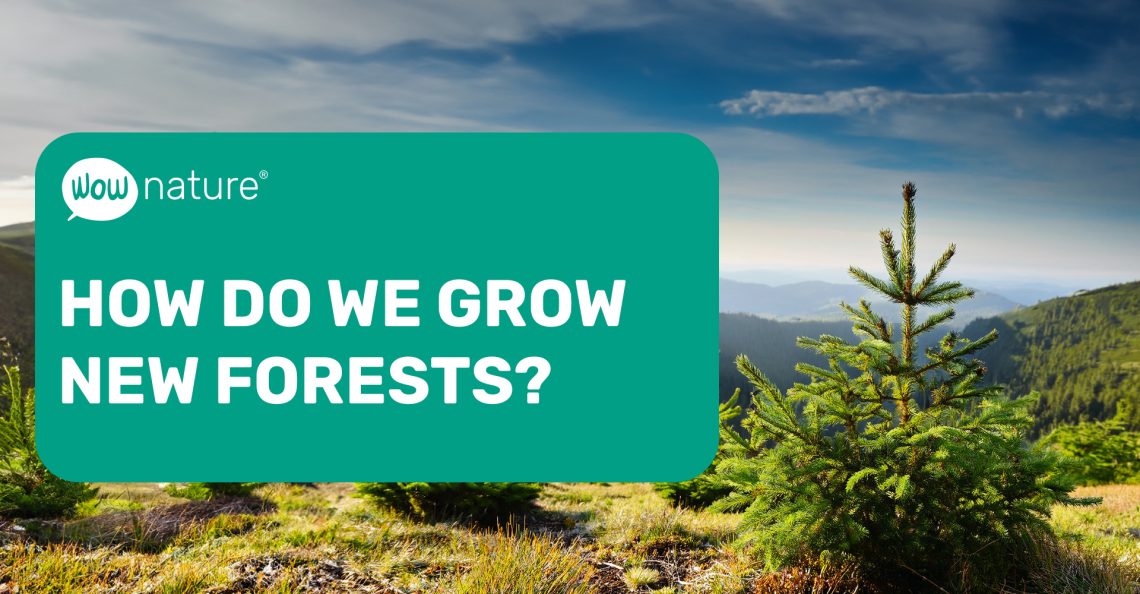
How do we grow a new forest? Our scientific method explained
- ,
- , WOW, really?, WOW, really?
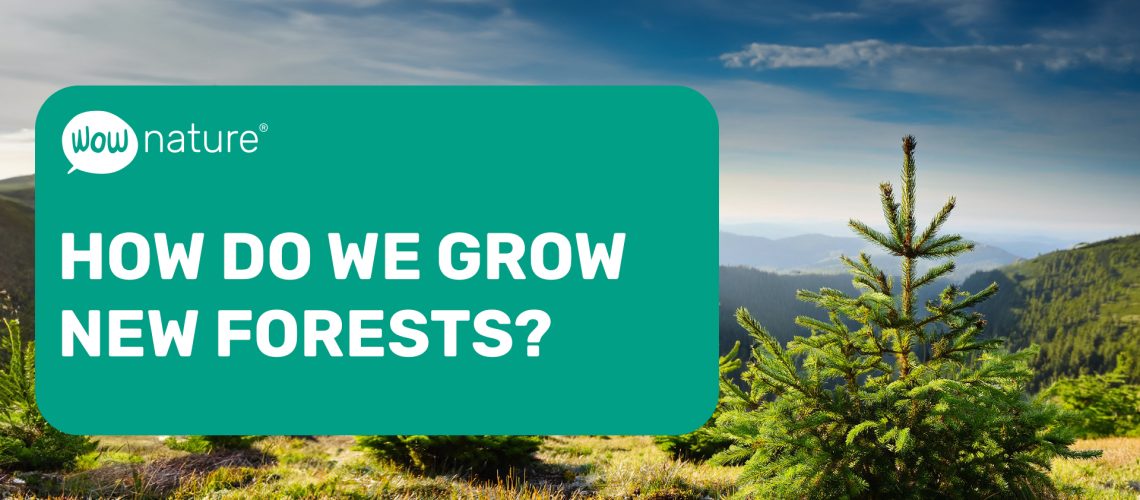
How do we grow a new forest? Our scientific method explained
- ,
- , WOW, really?, WOW, really?
The creation of a forest involves a complex, multi-stage process. Each stage is crucial to the success of the project and achieving tangible results. Let’s examine the key steps together.
1. Identifying the area
The first step is to determine the suitable area for planting a forest. Not all land is appropriate to create a new forest, so finding the right area is essential. Next, an agreement is signed with the landowner, who may be a public or private entity, to clearly define the type of intervention and the safeguards for the future forest.
The positive impact of the trees will be collective, regardless of whether they grow on public or private land. They will absorb CO2, limit soil erosion, and provide habitats for many animal species.
2. Technical design
Once the area has been identified, we proceed to the technical design phase. This phase is managed by a forestry expert who, based on the site’s characteristics and project objectives, determines the type of forest to be created. For example, if the objective is to restore an area damaged by natural disasters, the choice of species will aim to make the forest more resilient. In other cases, melliferous species may be favored to support pollinators or create forests that produce fruit and berries, known as ‘food forests’.
3. Species selection
Choosing the right tree species is a critical step in the process. Each project has unique requirements, so it is essential to determine which species to plant, the ideal density, and how to arrange them on the ground. Soil preparation and future maintenance activities are also determined at this stage. Subsequent care of the trees is crucial to ensure their healthy growth.
4. Growth of seedlings in the nursery
During the planning phase, the seedlings are cultivated in nurseries. These seedlings are grown from selected seeds, often sourced from forests with high genetic value, until they reach a suitable height for planting, which typically takes two to three years for the young plants to reach the required 20-50 cm for transplanting.
5. Preparing the soil
Before planting, the soil needs to be prepared. In mountainous areas, it might be necessary to clear fallen trees due to storms or pests, while in lowland areas, enriching the soil with nutrients or sowing useful grasses to prevent weed invasion may be necessary.
6. Planting New Trees
The best times for planting trees in Italy are generally spring and autumn, depending on the area and temperatures. When planting a tree, a hole should be dug deep enough to accommodate the roots. The plant is then placed upright, the hole is covered with soil, and the roots are compacted. It’s important to put protection in place to prevent damage from animals or weeds.
7. Monitoring and Maintenance
After planting, it’s crucial to ensure proper maintenance, especially in the first few years. This includes constant monitoring of the area, mowing to reduce competition with other plants, watering during dry periods, and replacing seedlings that do not survive. Once the trees are stable and self-sufficient, maintenance operations are significantly reduced.
Conclusions
Growing a new forest involves more than just planting trees. It’s a journey that requires technical expertise, continuous monitoring, and dedication. The goal is to ensure a positive and lasting impact for the planet by making sure that each forest becomes a healthy and self-sustaining ecosystem once grown.
SHARE
Other posts

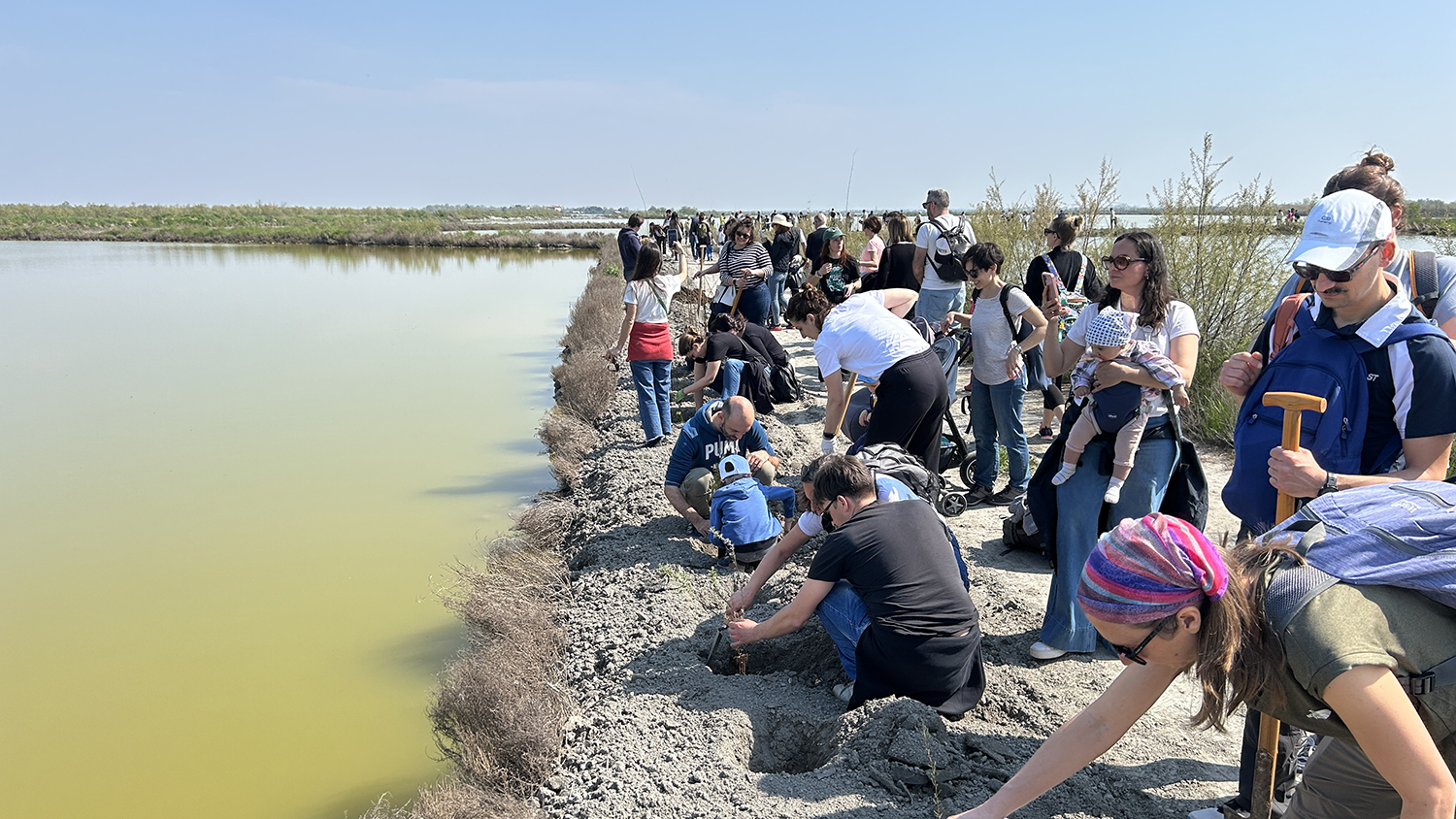
Update from Lio Piccolo | April 2025
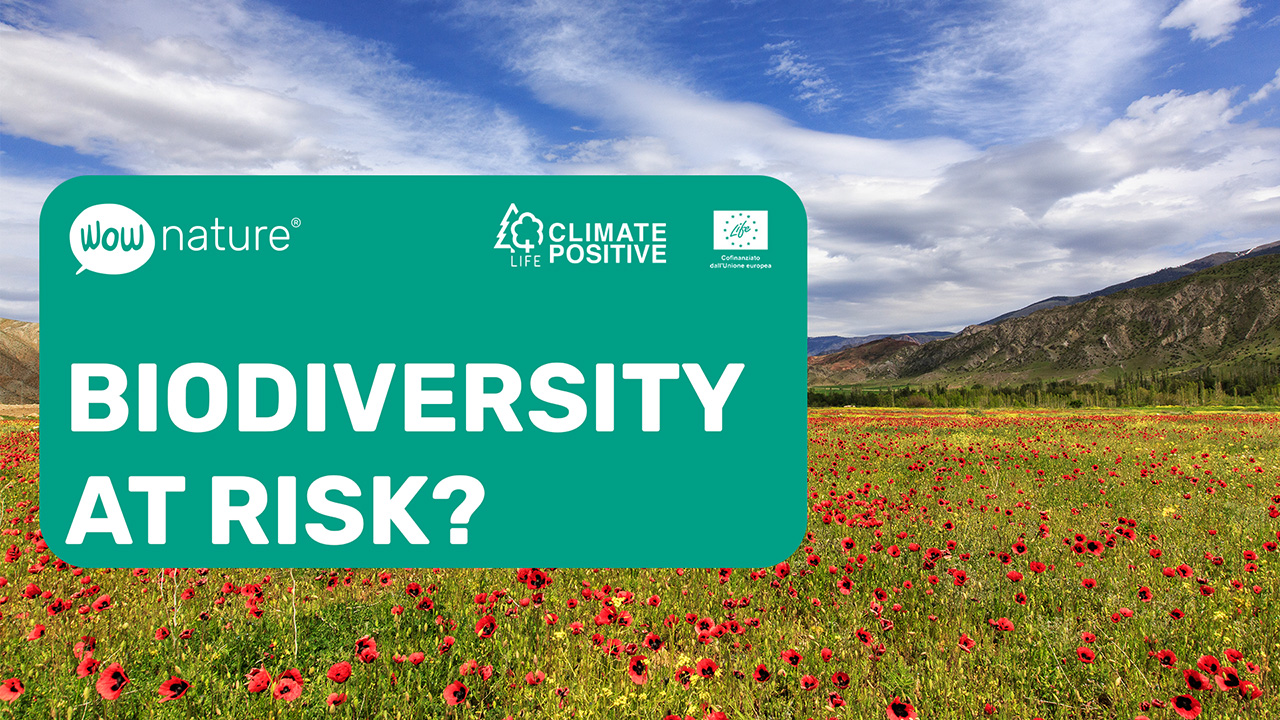
Biodiversity at risk and sixth mass extinction?

What is the reason for the pollution of the Po Valley?
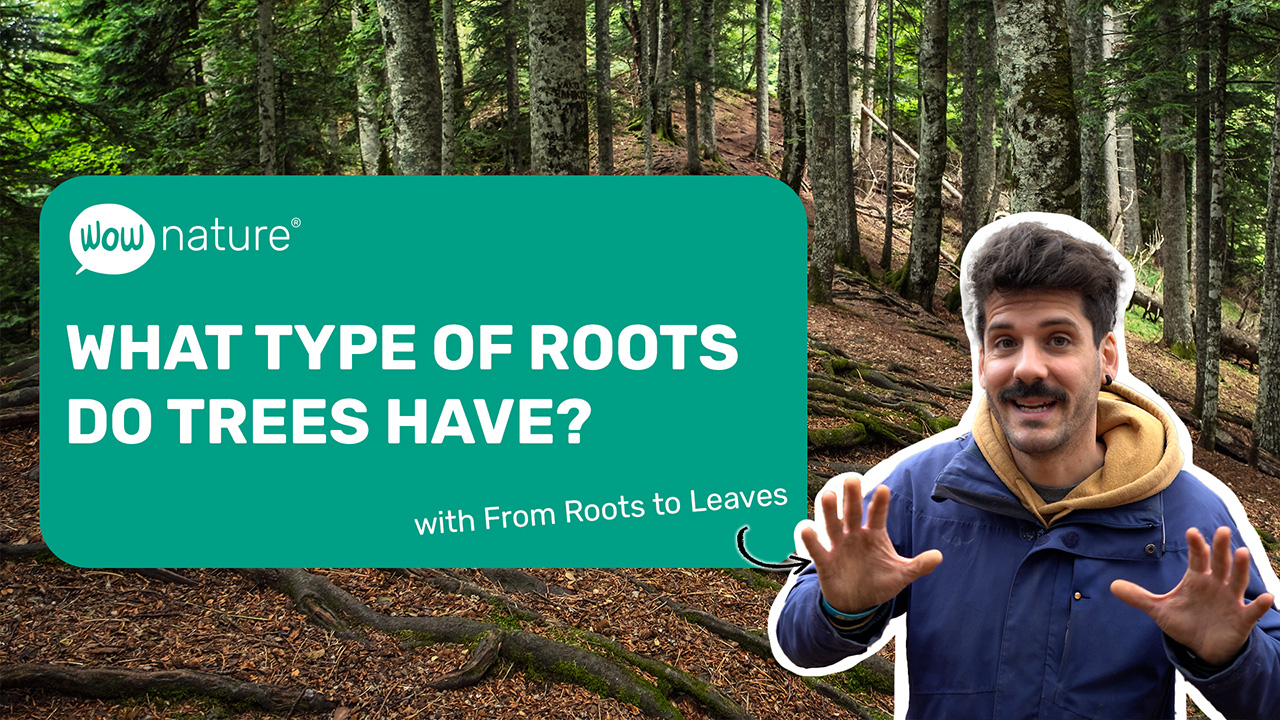
What type of roots do trees have?



